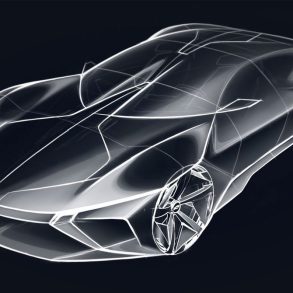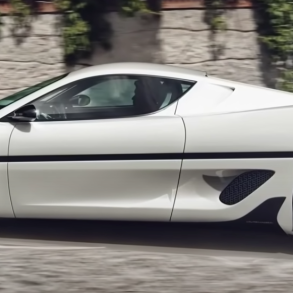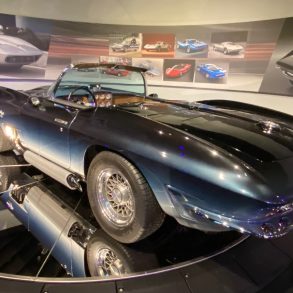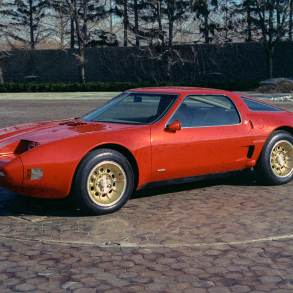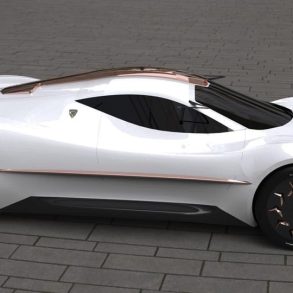In January 1990, Chevrolet unveiled the CERV III (Chevrolet Engineering Research Vehicle No. 3) at the Detroit International Auto Show. Similar to the later Corvette Indy Concept car, the CERV III featured a potent 5.7-liter, 32-valve, twin-turbocharged LT5 engine, producing 650 horsepower and 655 lb-ft of torque, capable of reaching a top speed of 225 mph.
Remarkably, despite its substantial power, the CERV III employed a transversely-mounted engine, powering all four wheels via a six-speed automatic transaxle. This transmission setup, essentially a three-speed Hydramatic driving a custom two-speed gearbox, demonstrated its sophistication.
The CERV III pushed the boundaries of Corvette technology, incorporating advanced electronics, reintroducing fuel injection, and maintaining impressive fuel efficiency and low emissions. Constructed with carbon fiber and fiberglass coating, its design influenced the next-generation C5 Corvette, introduced seven years later. It featured distinctive design elements, scissor doors, an active suspension system for stability, and computer-controlled rear steering to enhance maneuverability.
Despite its innovation, its estimated price of $300k to $400k per unit and General Motors’ financial struggles prevented it from entering production. Nevertheless, the CERV III highlighted Chevrolet’s collaboration with Lotus and showcased cutting-edge automotive technology.
For a complete breakdown on this revolutionary Corvette prototype that has been forgotten by many, watch this video from TFLclassics.



